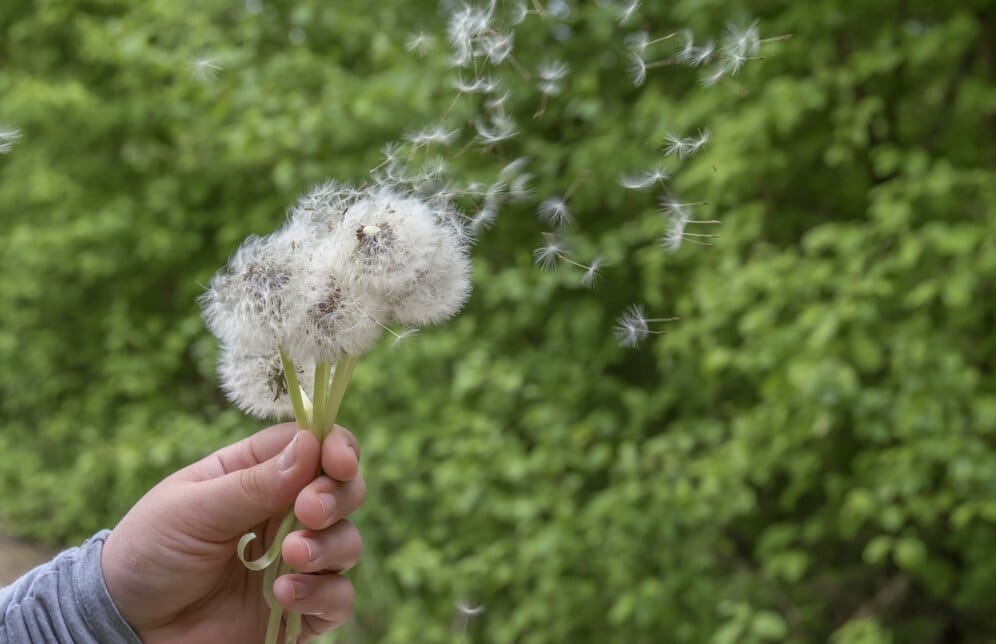Urban Foraging: Finding Edible Plants in the City
Discover the art of urban foraging and learn how to find edible plants in the city. Explore tips for identifying, harvesting, and safely consuming wild foods growing in urban environments.

Introduction

Urban foraging is a practice that involves gathering wild edible plants from city landscapes such as parks, sidewalks, and abandoned lots. While the idea of foraging for food in urban areas may seem unconventional, many cities offer a surprising abundance of edible plants that are both nutritious and delicious. In this article, we'll delve into the world of urban foraging, exploring the benefits, challenges, and techniques for finding edible plants in the city.
The Benefits of Urban Foraging
Access to Fresh, Nutrient-Rich Foods
Urban foraging provides access to fresh, nutrient-rich foods that are free for the taking. Wild edible plants are often more nutritious than their cultivated counterparts, boasting higher levels of vitamins, minerals, and antioxidants. By incorporating foraged foods into their diets, urban foragers can enjoy a diverse array of flavors and nutrients.
Connection to Nature and Community
For many urban dwellers, foraging offers a chance to reconnect with nature and the natural world. By exploring green spaces, parks, and urban forests, foragers gain a deeper appreciation for the biodiversity and beauty of their surroundings. Additionally, foraging can foster a sense of community as individuals come together to share knowledge, resources, and culinary creations.
Sustainable and Eco-Friendly
Urban foraging promotes sustainability by utilizing existing resources and reducing food waste. Instead of relying solely on grocery stores and industrial agriculture, foragers harvest food directly from the land, minimizing the environmental impact associated with transportation, packaging, and processing. By supporting local ecosystems and biodiversity, urban foraging contributes to healthier and more resilient urban environments.
Tips for Urban Foraging
Know Before You Go
Before venturing out to forage, familiarize yourself with local regulations, safety guidelines, and ethical considerations. Some areas may have restrictions on foraging, while others may be contaminated with pollutants or pesticides. Research the edible plants native to your region and learn to identify them accurately to avoid harvesting toxic or endangered species.
Choose Clean, Untreated Areas
Selecting clean, untreated areas is essential for safe and sustainable foraging. Avoid foraging near busy roadsides, industrial sites, or areas sprayed with herbicides or pesticides. Instead, focus on parks, green spaces, and urban forests where plants are less likely to be contaminated. Be mindful of potential sources of pollution, such as runoff from roads or industrial sites.
Respect Nature and Leave No Trace
Practice responsible foraging by harvesting plants in a sustainable and respectful manner. Take only what you need and avoid overharvesting or damaging plant populations. Leave no trace by refraining from trampling on sensitive habitats or disrupting wildlife. Remember that foraging is a privilege, and it's essential to tread lightly and leave the environment better than you found it.
Common Edible Plants Found in Urban Environments
Dandelion (Taraxacum officinale)
Dandelions are ubiquitous in urban landscapes and are prized for their edible leaves, flowers, and roots. The young leaves can be used in salads or cooked like spinach, while the flowers can be brewed into a refreshing tea or used to make dandelion jelly. The roots can be roasted and ground to make a caffeine-free coffee substitute.
Lamb's Quarters (Chenopodium album)
Lamb's quarters, also known as wild spinach, are common in disturbed soil and urban gardens. The tender leaves have a mild, spinach-like flavor and can be eaten raw in salads or cooked as a nutritious green vegetable. The seeds are also edible and can be ground into flour for baking.
Purslane (Portulaca oleracea)
Purslane is a succulent plant that thrives in urban environments, often popping up in sidewalk cracks and garden beds. Rich in vitamins A, C, and E, as well as omega-3 fatty acids, purslane is a nutritious addition to salads, stir-fries, and soups. The tangy leaves have a slightly crunchy texture and pair well with citrus and herbs.
Safety Considerations and Precautions
Avoid Plants with Lookalikes
When foraging for wild edibles, it's crucial to accurately identify plants and avoid any that have toxic lookalikes. Consult reliable field guides or foraging apps, and if in doubt, err on the side of caution and skip harvesting unfamiliar plants. Pay attention to key identifying features such as leaf shape, growth habits, and scent.
Wash and Prepare Wild Foods Properly
Before consuming foraged foods, thoroughly wash them to remove dirt, debris, and potential contaminants. Some plants may also benefit from blanching or cooking to neutralize any bitter compounds or make them more palatable. Always harvest from clean, unpolluted areas and avoid plants growing in heavily trafficked or contaminated sites.
Start Slow and Educate Yourself
If you're new to urban foraging, start slow and educate yourself about the plants growing in your area. Join local foraging groups or workshops, and seek guidance from experienced foragers who can share their knowledge and expertise. Take the time to learn about plant identification, harvesting techniques, and safety precautions before embarking on your foraging adventures.
Conclusion
Urban foraging offers a unique opportunity to reconnect with nature, support local ecosystems, and enjoy the bounty of wild edible plants growing in our midst. By embracing the principles of sustainability, mindfulness, and respect for the environment, urban foragers can nourish their bodies, expand their culinary horizons, and foster a deeper connection with the natural world. So grab your basket and explore the edible treasures waiting to be discovered in the urban jungle.